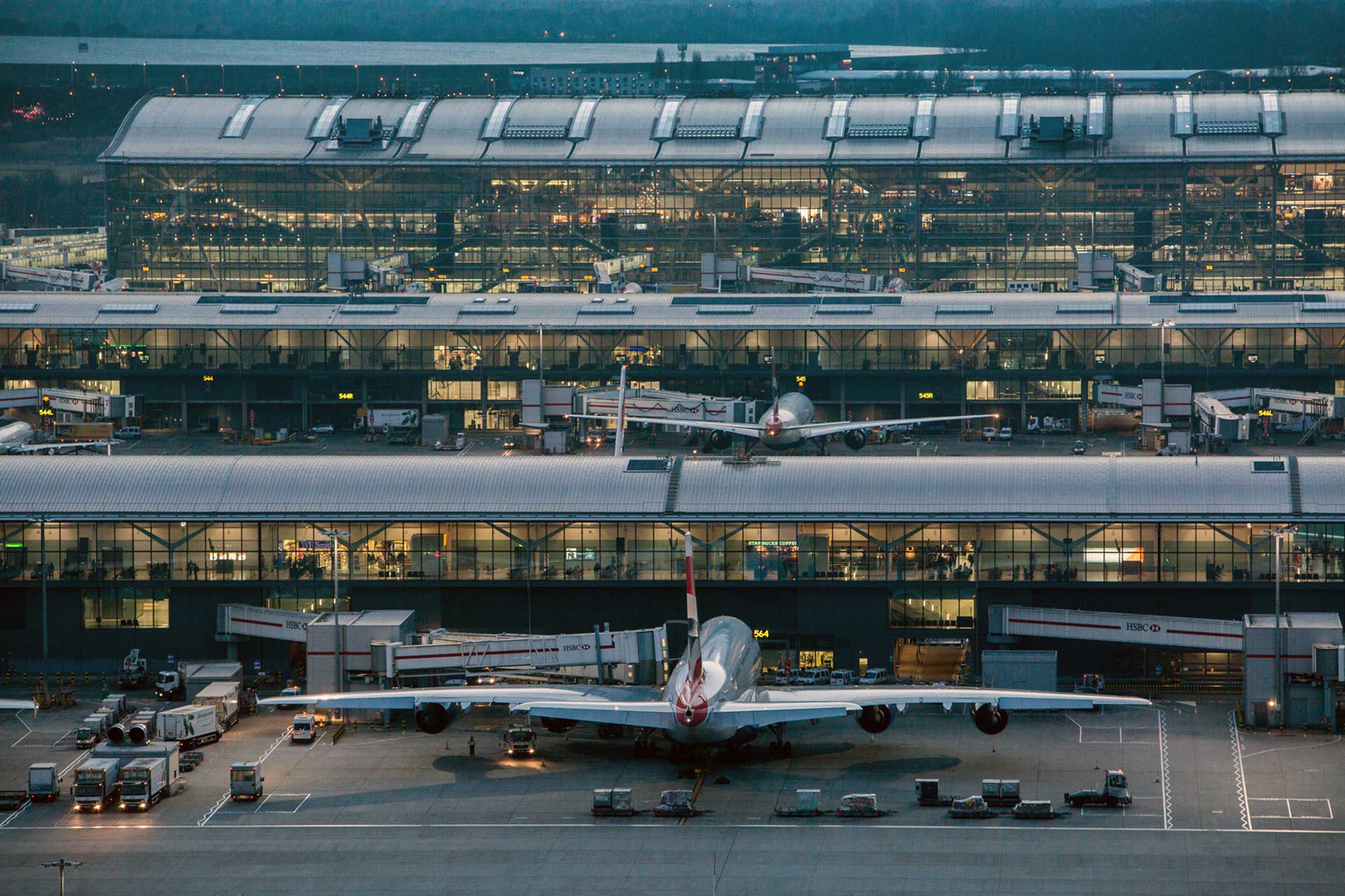 London Heathrow Airport is removing the cap on the number of flights it operates following a summer of growth.
London Heathrow Airport is removing the cap on the number of flights it operates following a summer of growth.
The airport said it had served 18 million passengers this summer, more than any other European hub.
“We are removing the cap from 30 October,” said a statement. “We are working with airlines to agree a highly targeted mechanism that, if needed, would align supply and demand on a small number of peak days in the lead up to Christmas. This would encourage demand into less busy periods, protecting the heavier peaks, and avoiding flight cancellations due to resource pressures.”
The airport admits demand is not yet back to pre-pandemic levels. It forecasts total passenger numbers for 2022 will reach between 60 – 62 million, approximately 25% fewer than 2019.
“Our priority is to build back the airport eco-system to meet demand at peak times,” continued the airport. “To do so, businesses across the airport need to recruit and train up to 25,000 security cleared people – a huge logistical challenge.
“Our balance sheet remains robust despite losses. Our underlying losses have increased to £0.4bn in the year to date as regulated income fails to cover costs, adding to the £4bn in the prior two years. We have acted responsibly in the face of an uncertain market to protect liquidity and cashflow and reduced gearing. We are not forecasting any dividends this year.
“The ICAO agreement on net zero international aviation by 2050 is a landmark in decarbonising a sector perceived as ‘hard to abate’. It brings the global industry in line with UK aviation, which committed to this in 2020. Sustainable aviation fuel (SAF) is the key technology to take fossil fuel carbon out of flying.”
Heathrow CEO John Holland-Kaye said, “We can be proud that everyone at Heathrow pulled together to serve consumers this summer – ensuring 18 million people got away on their journeys, more than any other airport in Europe, with the vast majority experiencing good service.
“We have lifted the summer cap and are working with airlines and their ground handlers to get back to full capacity at peak times as soon as possible.”
